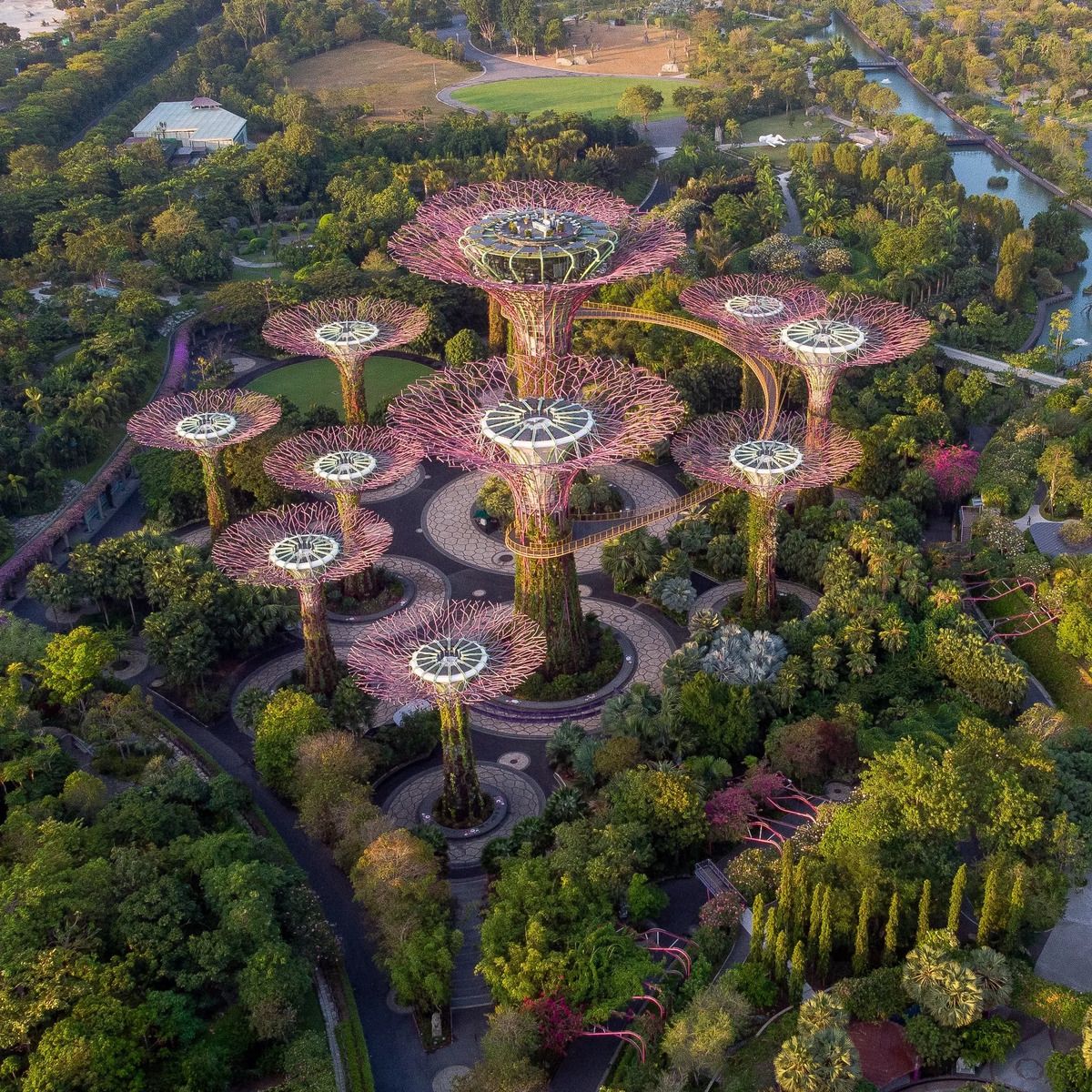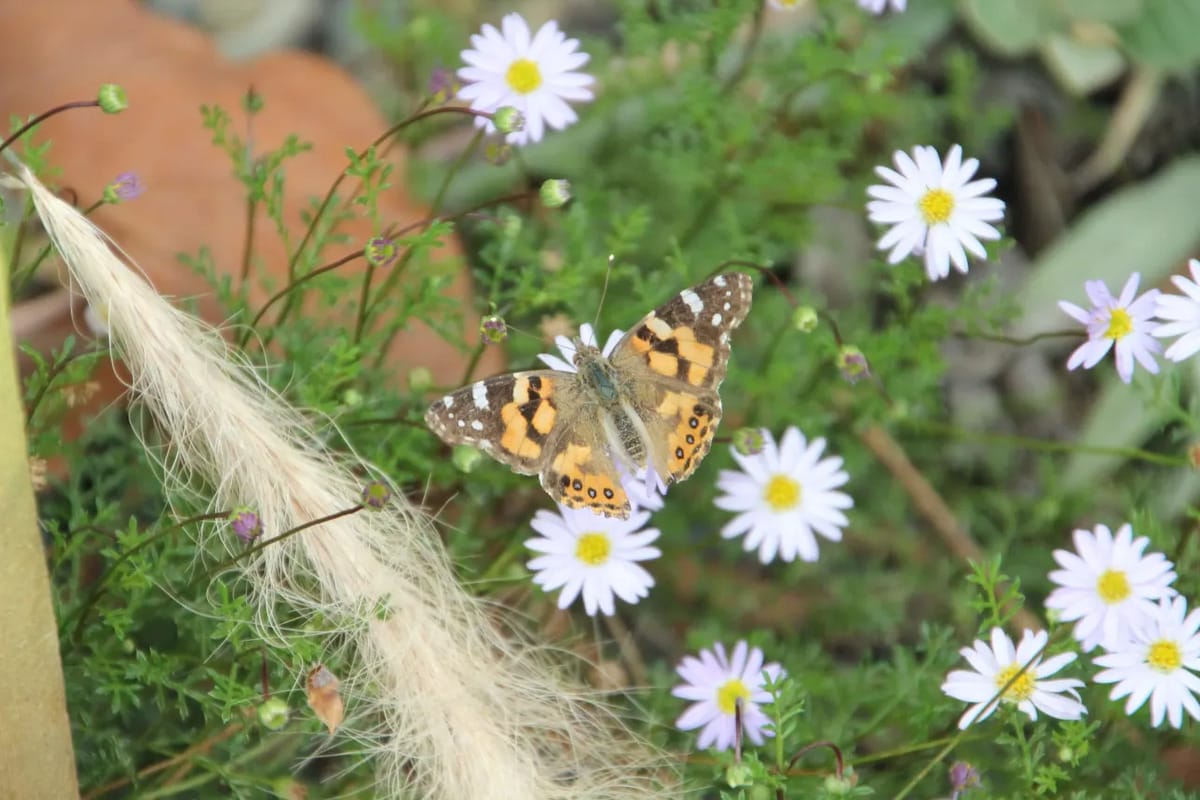- Future Crunch
- Posts
- Sustainability - a great place to live!
Sustainability - a great place to live!
Building a better future

If we want to change the story of the human race in the 21st century, we have to change the stories we tell ourselves

Supertree Grove gardens in Singapore. Image: Unsplash
Hey citizens of the world!
“Sustainability” is one of those buzz words that gets thrown around a lot. While most of the attention is on our oceans and forests (and for good reason), the world’s concrete jungles are going to play a big part in creating a better future.
It’s predicted by 2050, two of every three people on earth will live in a city. Thankfully there are incredible humans, all over the world, advancing technologies and redesigning our cities to embrace nature rather than work against it - implementing green infrastructure, renewable energy and efficient transportation systems.
If sustainable urban development hasn’t been on your radar for water-cooler chats or dinner party banter, consider this edition a conversation-starter!
Sustainable Cities
As our relationship with planet earth evolves, it’s an opportunity to reimagine our cities - not just as places to live and work but as urban ecosystems that can renew our energy and recharge our creativity.
Check out this video about fostering flow and creativity in built environments by our resident urban planner Melissa Neighbour and speed painter Sarah Rowan.
Good news you probably didn’t hear about
Oslo will become the world's first capital city to have an all-electric public transport system by the end of 2023. In the city's most recent tender, electric buses came in at 5% cheaper than diesel equivalents. "The maintenance is cheaper, it's also cheaper for the operators of the electric buses. All in all, this is a win-win situation."
Taiwan is turning vacant metro spaces into underground vertical farms to grow sustainable, clean, and organic food. These smart farms use high-tech equipment to regulate light, temperature and nutrients. It’s an ingenious way to tackle food security in a country with a population of 23.57 million people and a surface area of only 36,197 km².
Just in case you were wondering, Amsterdam’s rise to bicycle capital of the world didn’t happen by accident. It was a decades-long plan that began in the 1970s as a campaign against increasing traffic fatalities. At the heart of the city’s transformation is the idea that humans are "innately error-prone, so road design must be forgiving, minimizing the ill effects of mistakes.”
“If you need a sign, it’s a bad design.”
Melbourne has successfully enticed butterflies and bees back to its CBD, simply by working out which plants are most beneficial to wildlife and well, planting more of them. Over the last five years, native shrubs, and perennial herbs with high yields of nectar and pollen have been planted along city streets resulting in a significant increase in the number of bee species and an abundance of butterflies.

An Australian Painted Lady on a Cut-leaf Daisy (/Brachyscome multifida/)
Heard of sponge cities yet? If not, you soon will. By deploying thirsty green spaces and digging huge dirt bowls where water can gather and percolate into underlying aquifers, you can make rain something to be exploited instead of expelled. "Before, the city would see stormwater as a liability, but 11, 12 years ago, we kind of had a paradigm shift, and we started looking more at it as an asset.”
Give me something cool in under 4 minutes
Imagine if a single-celled organism, single handedly, designed the Tokyo Metro System? Well, this actually happened when a group of Japanese researchers put a slime mold on a map of Tokyo, to see how it would connect between urban hotspots.
Still searching for ways to look busy?
LISTEN to our very own Melissa Neighbour on the People for Places podcast chatting about what makes a healthy city and which ones are doing it well!
READ this great article about the new analysis of global cities that is challenging the classic urban trade-off between density or green spaces, concluding that the ideal neighbourhood needs both. Or if you’re looking for a longer read, highly recommend “What is to What If” by Rob Hopkins, the founder of Transition Towns.
QUOTE this the next time someone thinks urban design has nothing to do with them…
“First we shape the cities – then they shape us.”
That’s it for this edition - hopefully we’ve inspired you to step away from your desk and take a walk on the wild side around your urban jungle!
We completely nerd-out about ideas like Sustainable Cities, so if you want to see the other topics that are lighting us up and that we present to clients and organisations, you can check them out on our website.
And stay tuned for next month’s edition. We will be celebrating our 10th anniversary and sharing our new TED talk - it’s going to be a big one!
Take care,
FC HQ